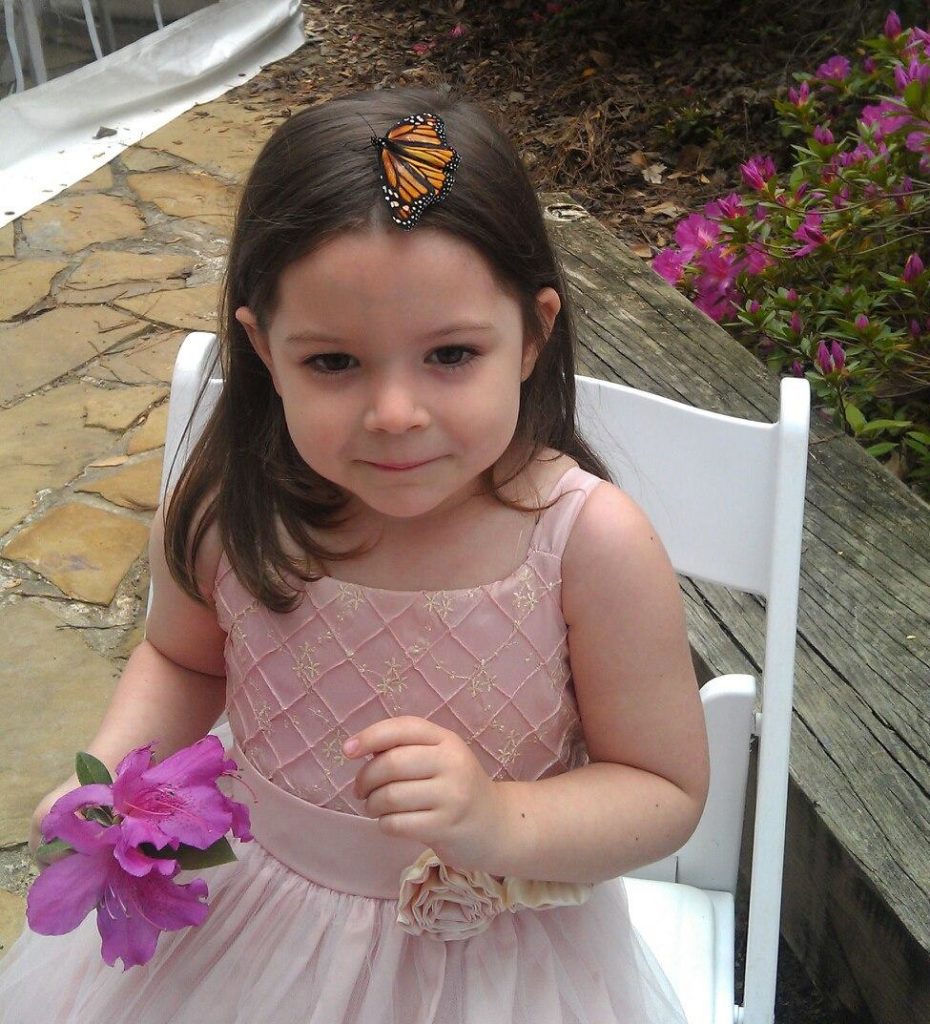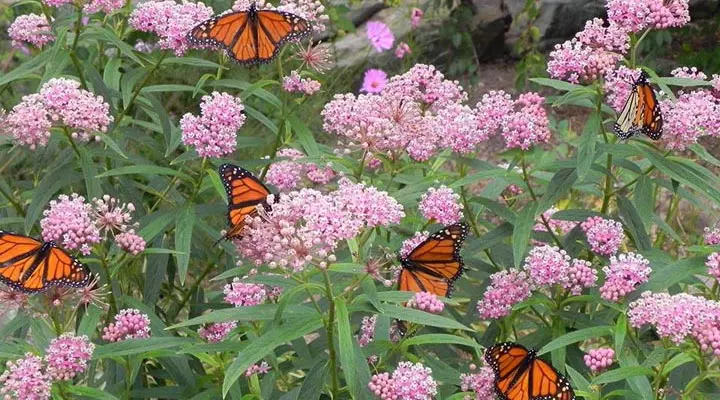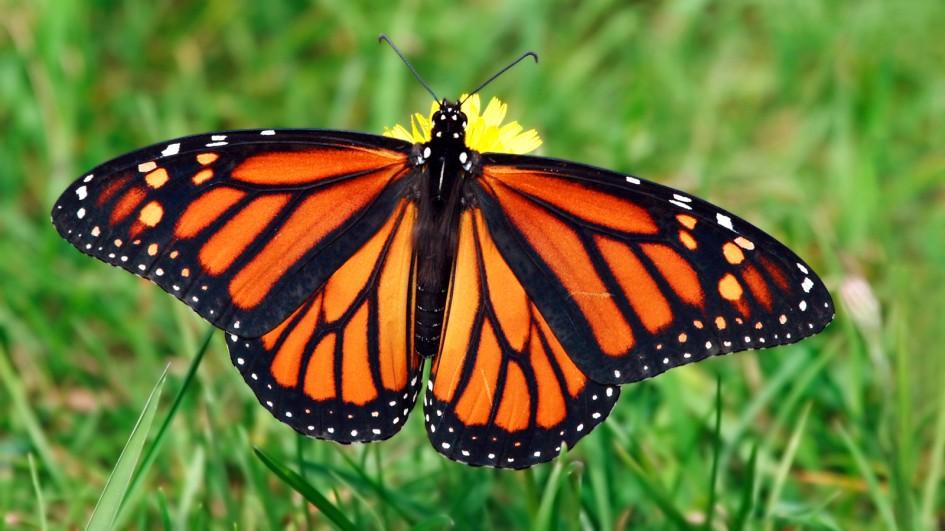
Teaching kids about natural science is a great way for them to experience the magic of the natural world and develop a love for conserving the environment. Learning about Monarch Butterflies is a perfect introduction to natural science. It’s both fun and educational to watch the larvae grow into beautiful, adult insects as well as learn about their migration patterns.
Monarchs migrate from the United States and Canada to Mexico and other warmer areas during winter months and return in the spring around April. In the spring, Monarch eggs can be found in North America attached to the underside of Milkweed plants. It’s easy to identify Monarch caterpillars by their many yellow, black, and white bands.

Photo by Watch My Food Grow
While Monarch Butterflies are a favorite of many kids and adults, did you know that they are on the United States’ Endangered Species list? Luckily there are a couple of things you can do to help them.
Plant Milkweed
A Monarch’s favorite food is the Milkweed plant, so you can plant your own and attract the butterflies to your house. It’s actually pretty easy to grow as well. Place the seeds on a damp paper towel and into a plastic ziplock baggy. Keep the baggy in the refrigerator for 30 days. After the 30 days, it’s time to plant! Fill 3-4” pots ¾ full with pot soil. Add a little bit of water until the soil is damp. Place in front of a sunny window or under a grow light and water every day or every other day as needed. Seeds should germinate and sprout in 10-15 days so be patient and you’ll see results soon enough!

Find them on Milkweed plants
Because Monarch’s love Milkweed so much, they can be found hanging out around the tasty treat at any stage of the butterfly’s life cycle. If you find Monarch butterfly eggs or caterpillars outdoors, you can bring them inside to protect them from being eaten by birds or other predators. Make sure to be gentle when you handle them!
Raise them from larvae
If you cannot find larvae in the wild, you can also purchase supplies at websites like this one from EAI Education. It comes with a soft, mesh habitat and a coupon redeemable for 5 larvae.
Whether you find them in the wild or raise them at home, your butterflies will need a habitat. You can build your own out of materials you have in your house. See instructions here. You may also just purchase small mesh cage like this one from Amazon.com. Either way you will want to add fresh Milkweed plants every day because caterpillars love munching on the leaves and you want to make sure they have plenty to eat.
When the butterflies emerge from their chrysalises it’s time to release them into the wild. Be careful with the butterflies when they first emerge because their wings are very delicate. Allow them to hang upside down for a few hours to become stronger (make sure curious kids don’t touch them during this time). When they start to flap their wings that’s a sign they’re ready to take flight! Take them outside so they can join their friends and migrate to Mexico for the winter months to return next year.

Photo by National Geographic
Our Maker Spotlight feature, Nanette Faget, also loves raising butterflies! She’s an engineer for NASA and has been raising Monarchs since the spring. Learn more about Monarchs, their life cycles, and how they communicate from the National Wildlife Federation. Make sure to do thorough research to know exactly how to care for and respect the Monarch butterflies.
Here’s a few of our favorite links:
Are you going to raise butterflies? Will you build your own habitat? Let us know in the comments!